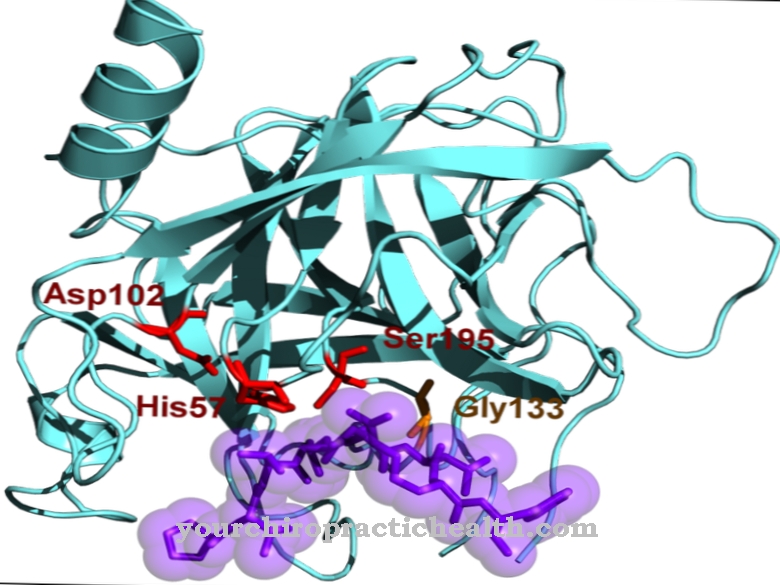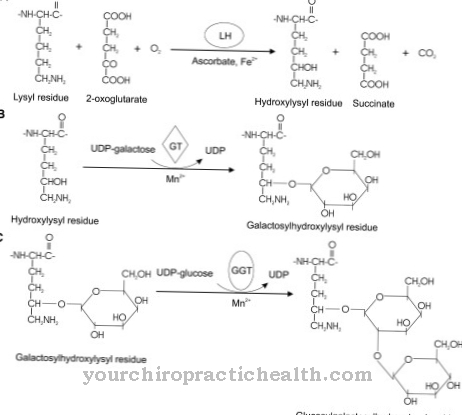manganese is a trace element that we find in the periodic table. Where does manganese occur and what properties does the element have? What is the significance of manganese for our human organism?
What is manganese
Manganese is a chemical element that can be found with the ordinal number 25 in the periodic table. The element symbol is Mn and is in the seventh subgroup, the manganese group.
Pure manganese is a silver-gray and very hard heavy metal, but it is not a good conductor of electricity and heat. Manganese is soluble in water. The occurrence in nature is relatively common and manganese occurs in the manganese nodules. These can be found about 5000 meters deep on the ocean floor in the Pacific. Manganese is mainly found in South Africa. Large amounts of manganese are also found in Russia and the Black Sea. Manganese is not only of major importance in industry or mining. What are the effects and tasks of manganese in the human body?
Function, effect & tasks
Manganese was first discovered by Swedish researchers in 1774. The essential (vital) trace element manganese is regularly absorbed into the human organism with food.
When we eat, the human body absorbs manganese and this reaches the small intestine via the stomach. There the manganese is taken up and used. The bones have the largest proportion of manganese in the body at around 40 percent. Manganese is also found in the liver, kidneys and pancreas, as well as in our muscles and hair pigments. The trace element fulfills various tasks in the body that are very important. Manganese is an important component of various enzymes. Enzymes are proteins that enable the body to initiate and accelerate various chemical reactions. Manganese can also activate enzymes and thereby trigger specific reactions in the body.
It is involved in the development of connective tissue or in the formation of urea and helps in the production of endogenous proteins and fatty acids. The construction of the connective tissue takes place via the synthesis of proteoglycans (large-molecular substances, which mainly consist of carbohydrates and proteins) in the cartilage and bone tissue. Manganese also contributes to the breakdown of amino acids, which means that manganese promotes the production of urea and regulates insulin synthesis. Manganese helps activate enzymes, including those that act as antioxidants. These are important for the utilization of vitamin B1.
Education, occurrence, properties & optimal values
To get a sufficient amount of manganese, many plant-based foods should be consumed. Manganese is found mainly in cereals, pulses and rice. Another important supplier is green leafy vegetables, such as spinach or lettuce. The belief that meat and fish have a high proportion of the trace element manganese is wrong, however. Teas, on the other hand, contain a large amount of manganese, but are difficult for the organism to absorb.
An optimal intake of manganese has so far only been evaluated statistically. According to the “German Nutrition Society”, children from the age of seven, adolescents and adults need around two to five milligrams of manganese per day. With a balanced diet, the daily requirement is covered. However, if you suffer from stress, have high alcohol consumption or take iron supplements, more manganese is required in the body than the average daily intake can cover. If a lot of processed carbohydrates, such as white flour, are ingested through food and ready-made foods are consumed, the need for manganese is also increased. There is almost no manganese in these foods.
On average, the body contains between ten and 40 milligrams of manganese. There is no increased need for manganese during pregnancy and breastfeeding.
If you eat a balanced diet, there is generally no lack of manganese. A one-sided diet can result in an increased need for trace elements. Individual studies show that a lack of manganese in the body can lower the cholesterol level as well as HDL cholesterol (smallest lipoproteins in the body). The production of insulin can be impaired, which reduces the body's own control of blood sugar levels. Typical signs of a manganese deficiency are impaired formation of the cartilage and bone tissue.
Skin, hair and nails can be damaged. Hearing loss, the development of tinnitus or muscle weakness can be further signs of a lack of manganese. A blood test can determine whether there is a manganese deficiency. When working in a mine, poisoning from inhalation of manganese is known. Steel workers can also suffer from manganese poisoning. Skin contact with the element is often enough. If there is acute poisoning, the consequence can be severe pneumonia, which can also be fatal.
Diseases & Disorders
A supplement is given daily to cure a manganese deficiency. Adults consume up to 50 milligrams of manganese daily. No side effects are known when taking it.
A preventive intake of manganese is not necessary. Manganese is often found in food supplements. Here, however, the amount is relatively small so that there is no risk of overdosing. However, if high-dose preparations containing manganese are taken over a long period of time, the high dose can change the blood count. The central nervous system can be damaged. Manganese is mainly used in the medical field and should therefore only be taken after medical advice.
























.jpg)



